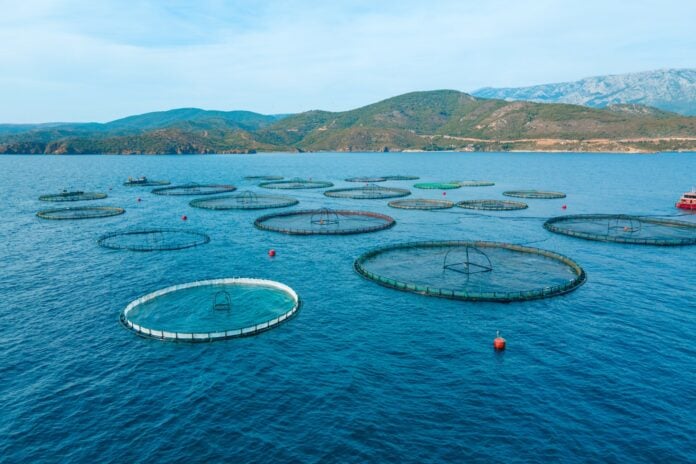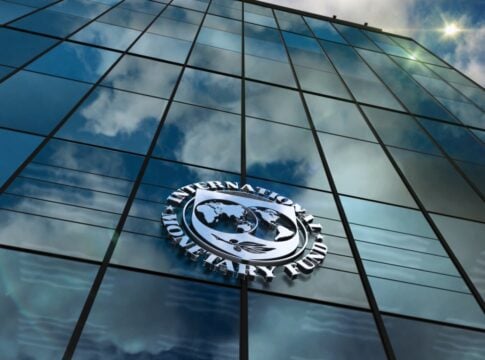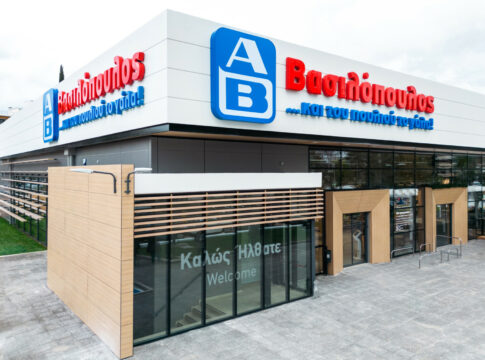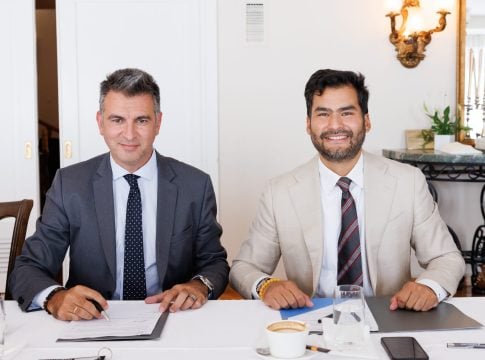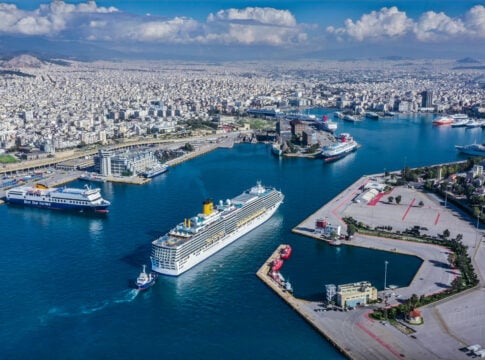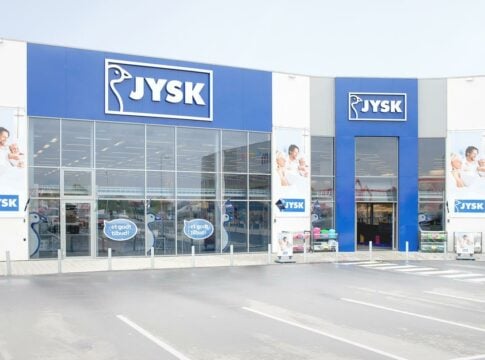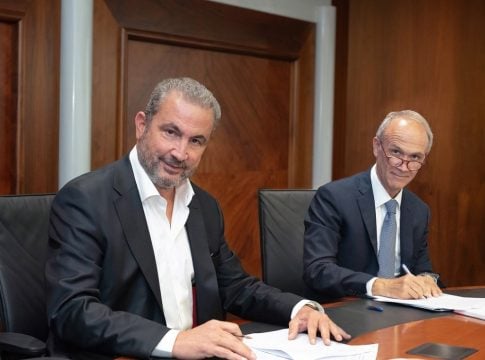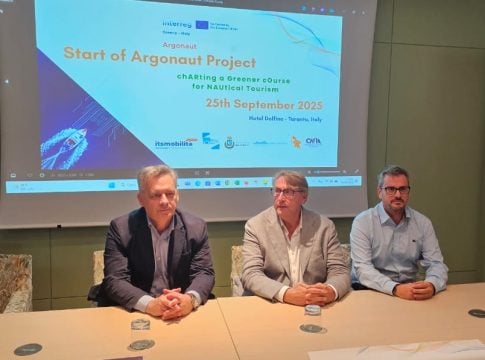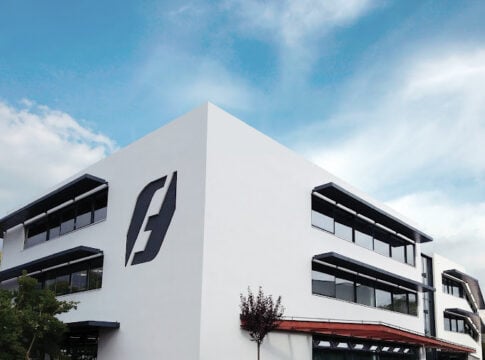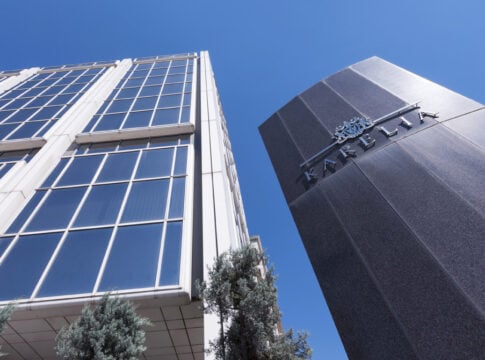The surplus value of the domestic fish farming sector is increasingly “sinking”, due to the inability to complete the Special Spatial Plan for Fish Farming.
Although the existing companies in the sector are struggling to keep intact the narrative of the “success story” of Greek fish farming, which has a production potential of 120 thousand tons and a value exceeding 700 million euros, the preservation of the “investment grade” of the market is threatened.
The attractiveness of the sector to new investors is decreasing, due to the obstacles encountered by the companies to proceed with the development plans.
The importance, however, of strengthening the surplus value of the market is not limited only to protecting the profitability of businesses, but also to ensuring the food security of fish protein amid the climate crisis. The major issue for the market is its liberation from the paradox of the inability to complete a spatial plan, which must primarily protect the environment and create a sustainable field for the activity.
Plans
The Special Spatial Planning Plan for Aquaculture is a strategic tool of national scope, established in 2011, and finalized in 2015. It requires the enactment of presidential decrees, as it is not a simple urban planning regulation but a complex study of spatial organization, which takes into account multiple parameters (environmental, sustainability, local society). It is the only spatial plan in the primary sector and one of the few that has been approved by the Council of State.


